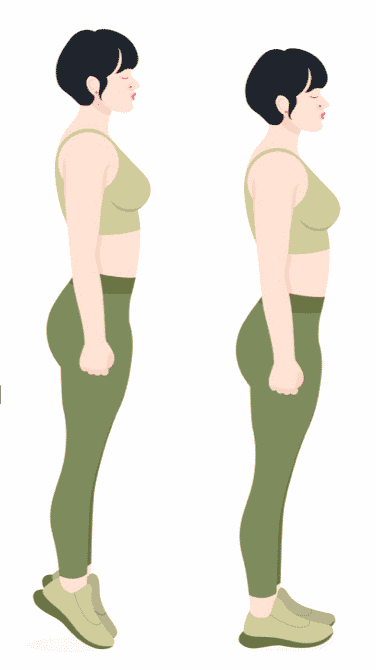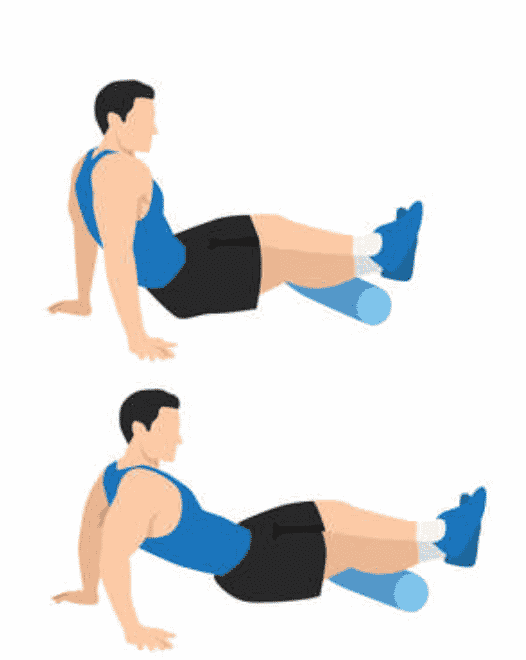What is the Achilles Tendon?
The Achilles tendon is a band of thick and fibrous tissue that connects your calf muscles to your calcaneus (heel bone). This tendon raises the heel off the ground when running or walking.
What is Achilles Tendinitis?
Achilles tendinitis is an inflammatory condition of the Achilles tendon that is frequently painful and limits functional activities in the people who suffer from it.
What causes Achilles Tendinitis?
With overuse, usually through an increase in repetitive movement (running or walking much longer or with more intensity), the tendon can develop micro-injuries leading to inflammation and pain either along the tendon or at the back of the heel. With too much stress, the body cannot repair the injured tissue and structural alterations of the tendon can occur, leading to chronic pain and sometimes degeneration. If the degeneration is severe, tears or rupture of the tendon, or avulsion from the heel bone can occur. This condition can occur in people of all ages, but it may be slightly more common in middle-aged “weekend warriors” and runners who suddenly increase their training without a build-up period.
How do I know if I might have Achilles Tendinitis?
Achilles tendinitis symptoms include:
- Pain and stiffness in the tendon or at the back of the heel, especially in the mornings when you get out of bed. This pain may improve with movement and then worsen again towards the end of the day or after you have been sitting for a period of time.
- Pain in the heel or along the tendon that gets worse with vigorous or prolonged activity or exercises.
- Pain with squeezing the sides of the tendon.
- Thickening or nodules in the tendon (along the whole length or part of the tendon)
- Bone spur formation at the back of your heel (insertional tendonitis).
- In severe cases, patients may feel crunchiness (like rice crispies under the skin) or even hear an audible squeaking/creaking sound as the swollen tendon slides forcibly through the tendon sheath, which does not expand.
- Many patients with Achilles tendinitis will develop plantar fasciitis if it is left untreated, due to the intricate relationship between the two tendons, their attachment points, and their overall function relying on the properly balanced mechanics of the other.
If you have symptoms of Achilles tendinitis you should seek advice as soon as possible from a chiropractor, physiotherapist or medical doctor. In many cases, diagnosing Achilles tendinitis does not require special testing or imaging; however, your healthcare practitioner may order imaging such as a diagnostic ultrasound, X-rays, or an MRI if they feel it is necessary.
What are some types of Achilles Tendinitis treatment?
Treatment options for Achilles tendinitis are numerous and diverse and can often be combined for best results.
At-home treatment options include:
- rest and reduction or modification of aggravating activities
- using ice and elevation to control inflammation
- stretching, foam rolling or using self-massage to release the affected calf muscles and tendon
- strengthening exercises for weak muscles
- the use of pain relief or anti-inflammatory medications or topicals as directed by a pharmacist or medical doctor
In-clinic options for treating Achilles tendinitis can include:
- extracorporeal shockwave therapy
- specific stretches
- manual myofascial release or massage therapy (including some special techniques like Active Release Technique, Rapid Neurofascial Reset or Graston Technique)
- dry needling or clinical acupuncture
- ultrasound, laser therapy or TENS
- KT or kinesio taping
- the provision of orthotic devices such as braces or splints
If the Achilles tendon ruptures or pulls away from the bone (called an avulsion) you will need to be referred for a consult with an orthopedic specialist who may recommend surgical management for your injury first. Afterward, all other interventions should have the same level of efficacy.
Shockwave Therapy in Edmonton for Achilles Tendinitis
When the Achilles tendon is injured, shockwave therapy can be used to treat the tendon and regional muscle group using sound waves to stimulate cellular healing in the tissue and reduce pain. Shockwave is well-researched for this condition and can be used in conjunction with other modalities, rehab exercises, and home care to provide pain relief, symptom reduction, and tissue healing. Shockwave therapy application to the Achilles tendon and surrounding muscles often produces relief and return to function in patients who may not have had success with other types of therapy.
What exercises or stretches can I try at home for pain relief?
A few things to keep in mind before you start:
- As always, talk to your doctor if you are experiencing any health conditions that could be impacted by starting a new exercise program.
- Find a soft, carpeted area or use a yoga mat.
- Take it easy. PAIN IS NOT POSITIVE. You should never be uncomfortable while stretching. If it feels like it is too much, back off or try a different exercise altogether, if needed.
- No guessing. If you aren’t sure, check out the instructional videos or ask an Unpain Clinic therapist. Never attempt an exercise or stretch if you aren’t confident in what you are supposed to do to make it safe/effective.
- Consistency is key. Doing these regularly will help – once per month will not.
- Struggling with the tension? Try stretching after a hot bath or shower. This will relax your muscles and make them easier to stretch painlessly.

*These exercises are not exhaustive of the possibilities for rehab for Achilles tendinitis, they are provided as a small sample of at home care possibilities.
Eccentric Calf Raise

- Stand on one or both legs next to a chair, counter, or wall
- Push up onto your tip toes and lift your heels as high as you can
- SLOWLY lower your heel(s) down to the ground
- Perform 10-20 repetitions of this exercise, once per day
*This can also be performed on a step, which allows your heel to drop below the level of the step before raising back onto your toes and provides a more impactful eccentric contraction.
Video: https://www.youtube.com/watch?v=aD2NhWvuL8Y
Calf Stretch
- Stand in front of a wall or counter with both hands braced and with one leg forward and one leg back
- Keep your back leg straight and your heel on ground.
- Slowly lean forward, bending your front knee until you feel a comfortable stretch in your calf
- Hold for 30 seconds or until you feel your calf relax
Video: https://www.youtube.com/watch?v=y01ri_43G50
Downward Dog
- Bring your hands to the floor and walk them out and away from your feet. You can also start in a standard “push-up” position.
- Push your buttocks to the ceiling while keeping your knees straight and your back flat.
- Your hands and feet should all be flat on the floor once in position.
- Hold for 30 seconds or until you feel a good release along your back and calves.
*You can modify this exercise using a bench for support instead of reaching to the floor
Video: https://www.youtube.com/watch?v=EC7RGJ975iM
Calf Muscle/Trigger Point Release

- Sit with your calf on a foam roller or tennis ball
- Roll your calf up and down on the roller or ball
- Pause on the tight spots to let them release for a few seconds (or minutes, as needed)
- Perform this exercise for a few minutes or until you feel your calf muscles relax
*Avoid using things like doweling, rolling pins, and golf/pool/lacrosse balls as these are very hard on the muscle and can cause bruising and pain.
Video – ball: https://www.youtube.com/watch?v=P7YmXLXMZQE
Video – foam roller: https://www.youtube.com/watch?v=rpVMZziJeY8
Looking for Help?
If you are struggling with the pain of Achilles tendinitis and would like to reduce your discomfort and get back to the activities you love, give Unpain Clinic Edmonton a call. One of our team of healthcare professionals will assess your situation and create a unique treatment plan designed to help get you back to feeling great – usually in just a few sessions.
True Shockwave™ or Flashwave®? No need to wonder.
Our therapists will assess your situation and formulate a True Shockwave™, Radial Pressure Wave or Flashwave® treatment plan appropriate for achieving the most effective and lasting results.